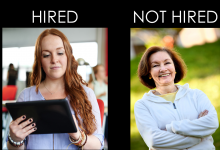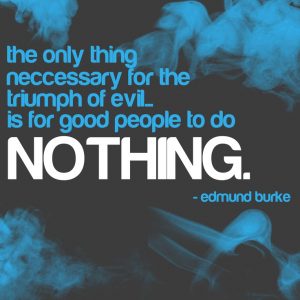Guest Blog by Kevin McCrann
Every single candidate can be an ambassador or a critic of your company. It’s important to ensure a positive impression and candidate experience, regardless of the offer.
In a recent CareerBuilder survey, 56% of candidates said they think less of a company if they have a bad experience with the company’s HR technology and 38% of companies have lost a candidate due to a negative background check experience.
How can you improve your candidate’s experience? We outline 3 suggestions: Test your Processes, Know the Standard, and Use the Best.
Test Your Process
Your recruitment process reflects on your business. Everything from the way the job description is written and where it is posted, to how and when you reach out to applicants, to how you manage necessary recruitment steps like background checks.
You can expect that the best candidates will be interviewing at other companies and will have high standards about what they expect in an application process.
Have you tested what your interview process looks like for candidates? Specifically the aspects that are out of your control, like the background check experience? According to that CareerBuilder survey released in August “less than half of HR managers who conduct background checks (44 percent) have tested their background check experience themselves.” The survey goes on to note that when the process is tested, about 14% (1 in 6) rate the experience negatively.
An obvious way to test your background check experience is to run through it yourself or have a colleague test it. This can be a good start, but might not give you honest feedback since your perception, as an employee in HR at the company, will be different than the typical candidates.
In addition to internal testing, we recommend asking actual candidates their opinion. Once the recruitment process is finished, randomly select a few people that have made it into your selection process. Workforce magazine suggests bucketing your survey candidates into 3 categories: those that interviewed but were not offered a position, those that were offered and accepted a position, and those that were offered and declined a position. Workforce also has sample surveys that you can use to gauge your candidate’s entire recruitment experience.
Candidate experience is an important metric when determining the effectiveness of your recruitment process. It’s important to test all the parts of your process including the background check experience.
Know the Standard
According to the CareerBuilder survey, poorly conducted background checks are one of the most common reasons for an employer to lose a candidate that has already accepted the job offer. In fact they state that 21% of employers have lost a candidate, who had already accepted the job offer, because the background screening process took too long.
All things being equal, a completed background check should be returned within 1-3 days. There are a couple of caveats that go along with this turnaround time, including the type of report that is requested, but your background check company should be able to explain them.
If you know the standards for the different aspects of your recruitment process it is easier to improve them. Remember, an average is just as close to the top as it is to the bottom. You should be constantly striving for above average.
Use the Best
The largest factor in a candidate’s experience is the interactions with any third party company’s they need to cooperate with. Any time you need to outsource a section of your interview process to another company it is worth it to do your research and use the best. Not all companies, especially background check companies, are equal and as with most things, you get what you pay for.
If you are looking for a professional background check company specifically, read this first: The 6 Questions You Need to Ask When Choosing a Professional Background Check Company.
Conclusion
The candidate experience is crucial to finding and obtaining the top talent. If you can test your processes, know the standards to compare against, and use the best partners, you can improve your candidates experience and become the company people want to work for.










